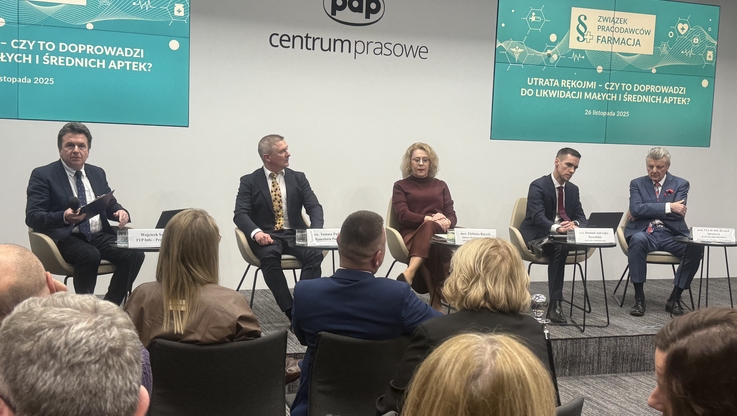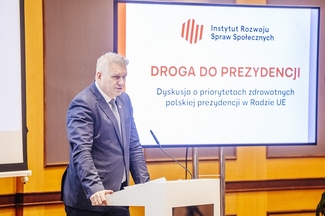Pobierz materiał i Publikuj za darmo
GENEVA, 6 May 2020 – The Steering Committee of the Water Supply and Sanitation Collaborative Council (WSSCC) took a landmark decision on Monday by approving WSSCC’s new 2021-2025 strategy, which paves the way for WSSCC to evolve into the Sanitation and Hygiene Fund, a scalable and global Fund to effectively support the world’s poorest and most left behind in achieving the sanitation and hygiene related Sustainable Development Goal.
Today, ensuring access to adequate levels of sanitation and hygiene is more urgent than ever: Lack of access to adequate sanitation and hygiene, including menstrual health and hygiene stands as one of the greatest impediments to the achievement of many of the Sustainable Development Goals, leaving large numbers of people exposed to not only outbreaks or pandemics of infectious disease, such as diarrheal diseases, cholera, Ebola and Covid-19, but also maternal and neonatal death, inadequate sexual and reproductive health, the spread of anti-microbial resistance, sepsis and malnutrition.
Women and girls are disproportionately affected by poor sanitation, hygiene and menstrual health which negatively impacts their safety and dignity from sanitation-related gender-based violence, mobility, freedom of choice, health and their access to employment, and social and economic power. Yet, at the current rate of progress, the Sustainable Development Goal target on sanitation and hygiene is projected to be only reached in the 22nd century.
The Sanitation and Hygiene Fund therefore calls on global leaders, including national governments, to drastically scale up their investments in sanitation and hygiene in schools, health care centers and at the household level and to ensure the necessary innovation that supports better sanitation and hygiene.
WSSCC has already reached millions of people around the world with essential and often life-saving interventions in sanitation and hygiene. Building on WSSCC’s achievements and the support provided by its longstanding donors and partners, the Sanitation and Hygiene Fund will support eligible countries to access increased and catalytic financing to close the gaps in their national sanitation and hygiene strategies.
“Today, we recognize the need for a global approach, a transformative approach, and a long-term approach. With the Sanitation and Hygiene Fund, we are calling upon world leaders to help us fill a void in the international response to the sanitation, hygiene, and menstrual health crisis,” says Hind Khatib-Othman, Chair of WSSCC.
About WSSCC
The Water Supply and Sanitation Collaborative Council is a UN-hosted membership organization with 30 years of expertise working to improve sanitation and hygiene for those most left behind and least able to respond. WSSCC has been focusing on SDG 6.2 (sanitation, hygiene and menstrual health). Learn more on our website (www.wsscc.org) and connect with us on Facebook and Twitter.
- Picture is available at AP Images (http://www.apimages.com) –
For more information on the Sanitation and Hygiene Fund and to request an interview
CONTACT:
Hiro Saito, Head of Corporate Communications and Advocacy
phone +41 22 552 5212
phone +41 79 684 3598
e-mail: info@SHFund.org
Pobierz materiał i Publikuj za darmo
bezpośredni link do materiału
| Data publikacji | 06.05.2020, 14:27 |
| Źródło informacji | APA-OTS |
| Zastrzeżenie | Za materiał opublikowany w serwisie PAP MediaRoom odpowiedzialność ponosi – z zastrzeżeniem postanowień art. 42 ust. 2 ustawy prawo prasowe – jego nadawca, wskazany każdorazowo jako „źródło informacji”. Informacje podpisane źródłem „PAP MediaRoom” są opracowywane przez dziennikarzy PAP we współpracy z firmami lub instytucjami – w ramach umów na obsługę medialną. Wszystkie materiały opublikowane w serwisie PAP MediaRoom mogą być bezpłatnie wykorzystywane przez media. |






